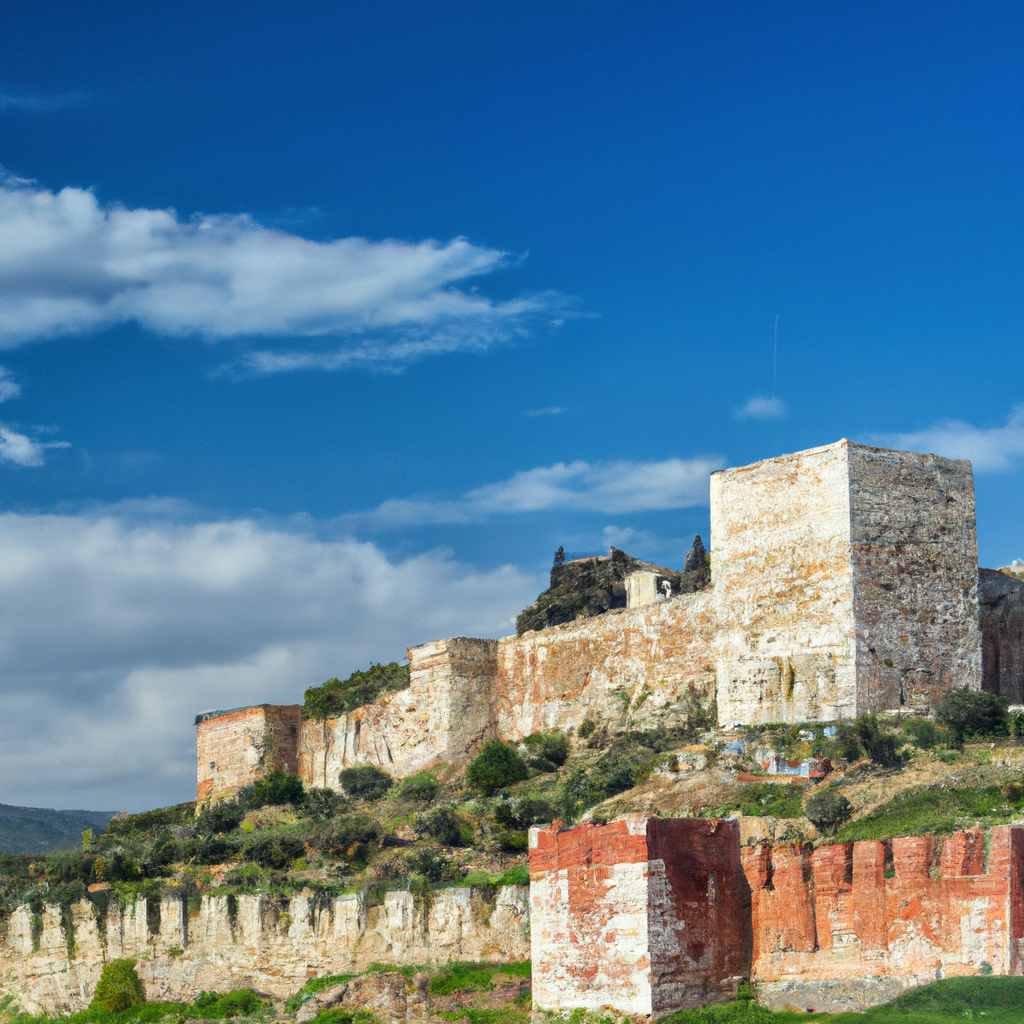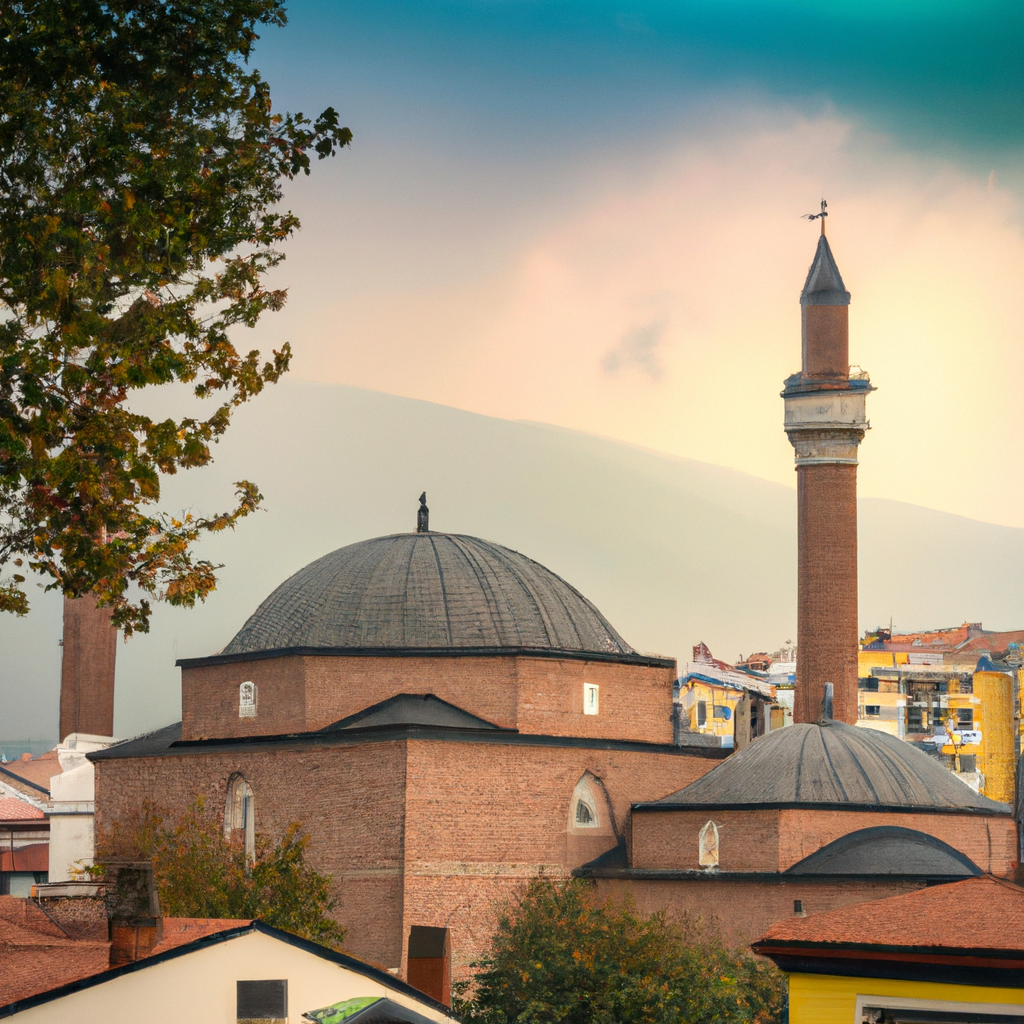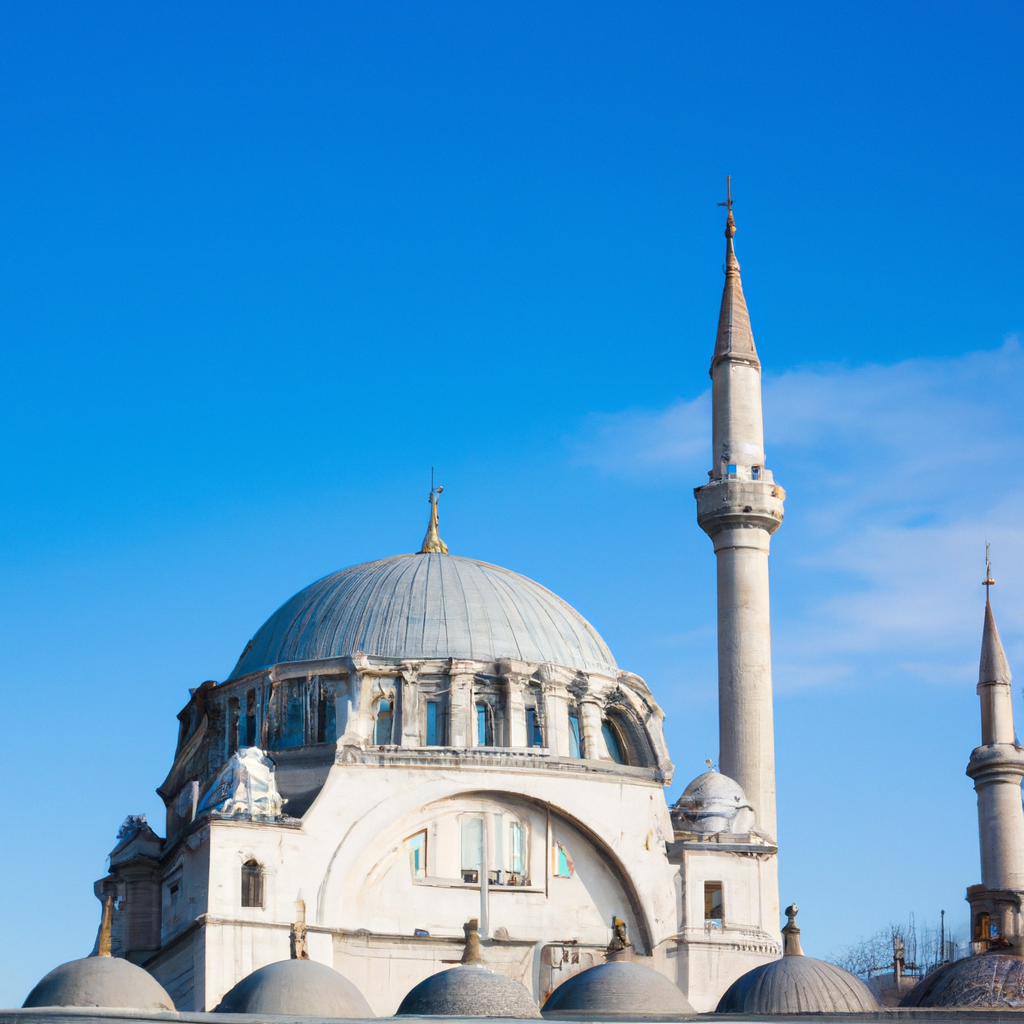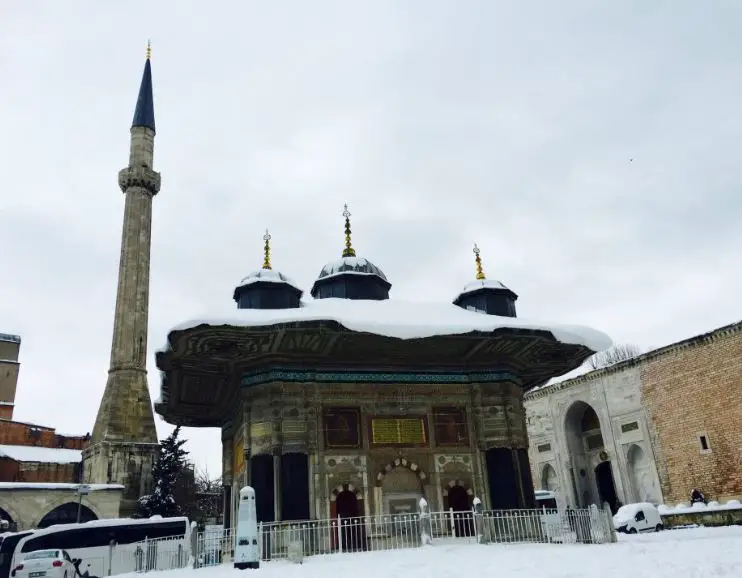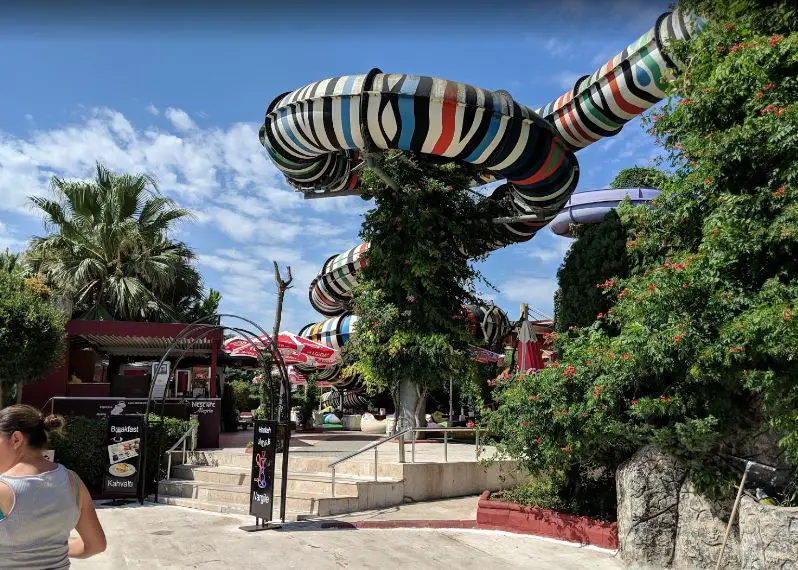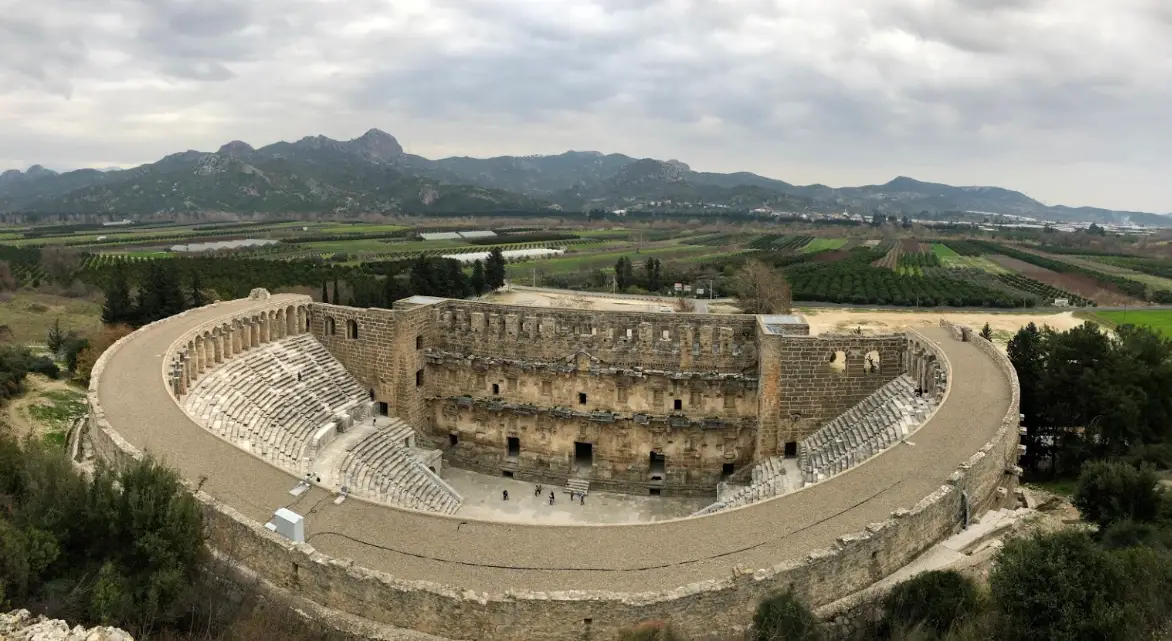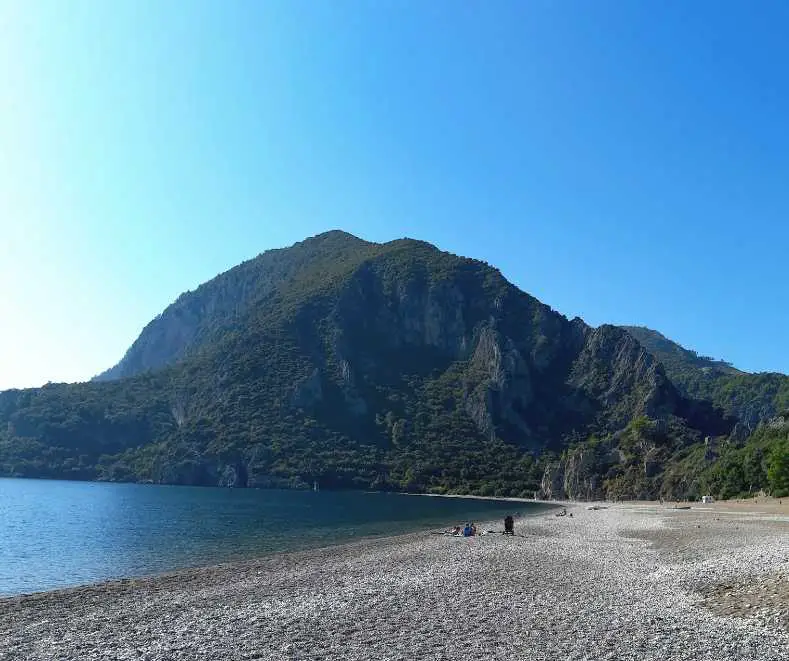Basilica Cistern in Istanbul In Turkey: Overview,Prominent Features,History,Interesting facts
Overview:
: The Basilica Cistern, also known as the Cistern of Philoxenos, is a subterranean Byzantine cistern in Istanbul. Located in the northwest corner of the historical peninsula, it lies beneath the Sultan Ahmet (Blue) Mosque. The cistern dates back to the 6th century CE, when it was built by the Byzantine Emperor Justinian I. It is said to have been built on the site of an older cistern which was destroyed by the great earthquake of 553. Since then, the cistern has provided water to many of the city's inhabitants, and has been praised for its ingenious design. It is an impressive structure, with 336 columns spaced in intricate patterns and holding up an elaborate roof. The cistern is now a popular tourist attraction, with guided tours available. It is one of the most beautiful monuments in Turkey
Prominent Features:
1. Historical Significance: The Basilica Cistern, located in Istanbul, was built by the Byzantine emperor Justinian I in the 6th century. It served as the primary water source for the Byzantine imperial palace, providing it with a steady supply of water from the nearby Belgrade Forest. It is one of the largest and oldest of the ancient cisterns in Istanbul and is an important example of Byzantine engineering. 2. Location: The Basilica Cistern is located in the Sultanahmet neighborhood of Istanbul, roughly 350 meters from the Blue Mosque and a few meters away from the Hippodrome of Constantinople. 3. Physical Features: The cistern consists of 336 marble columns arranged in 12 rows of 28 columns each. Each column is three meters (9.8 feet) in height and 50 centimeters (1.64 feet) in diameter. The roof is supported by a 12-meter (39.4 feet) wide arch and the floor is made of crushed stone and mortar. Water from the Belgrade Forest is collected in the basin and then collected and stored in the cistern to be used for the imperial palace. 4. Unique Features: The Basilica Cistern features two Medusa head carvings, located near the northwest corner of the cistern. It is not known why these heads are there, although there are several theories, one of which is that the heads are intended to ward off evil spirits. There is also a famous sculpture featuring a snake god, known as the 'Siren of the Cistern'. This sculpture is now located in the Istanbul Archaeological Museum. 5. Cultural Importance: The Basilica Cistern has a tremendous cultural and historical importance for Istanbul. It has become one of the city's most famous tourist attractions, and is a reminder of the city's rich cultural and architectural heritage. You can learn history, culture, and heritage through these magnificent monuments in Turkey.
History:
The Basilica Cistern is a subterranean chamber located in Istanbul, Turkey that dates back to the 6th century AD, when it was constructed under the reign of the Byzantine Emperor Justinian I. It is one of the largest surviving cisterns from antiquity, and is the largest of the several hundred ancient cisterns surviving in Istanbul. The Cistern was originally built in 532 to provide water for the city of Constantinople, the new capital of the empire. It is constructed of 336 columns arranged in a rectangular pattern over two levels. The columns are 9 meters high and hang from a series of arches. This hydraulic engineering feat allowed the Basillica Cistern to be used for hundreds of years, as the Byzantine Empire grew and prospered. The Cistern experienced a decline in its use after the fall of Constantinople to the Ottomans in 1453 and was eventually abandoned entirely. It was rediscovered in 1545 by the Turkish historian, Matrakci Nasuh. Throughout the 19th and 20th centuries, the Basilica Cistern was used as a venue for theatrical events and concerts. In 1987 it underwent a major restoration project and is now open to the public, and has gained considerable fame as one of Istanbul's most popular tourist attractions. Visit one of the famous monuments of Turkey with your friends and family.
Interesting facts:
1. The Basilica Cistern is one of the largest of several hundred ancient cisterns that lie beneath the city of Istanbul, Turkey and dates back to the 6th century AD. 2. It was originally constructed by the Byzantine emperor Justinian in 532 to provide a water source to the Great Palace and nearby buildings. 3. An underground chamber measuring 140 metres (460 ft.) by 70 metres (230 ft.), with a height of more than 10 metres (33 ft.), it can hold 100,000 tons of water. 4. The cistern was restored in 1985 and is now open to tourists. The lighting in the cistern is achieved through 325 skylights that the Byzantines cut in the brickwork. 5. One of the most interesting features of the cistern is the two Medusa heads at its foundation. It is thought that they were taken from one of the ancient temples in the city which was destroyed to make way for the cistern. One of the historical monuments of Turkey, it tells the story of a bygone era
Explore Turkey most popular tourist destination with us. Basilica Cistern in Istanbul In Turkey: Overview,Prominent Features,History,Interesting facts,which is 35.14 km away from Turkey main town, is the most popular destination to add in your travel wishlist.
-
City:
Turkey
-
state:
Istanbul
-
country:
Turkey
-
country code:
TR
-
postcode:
34122
Location:
Istanbul Turkey

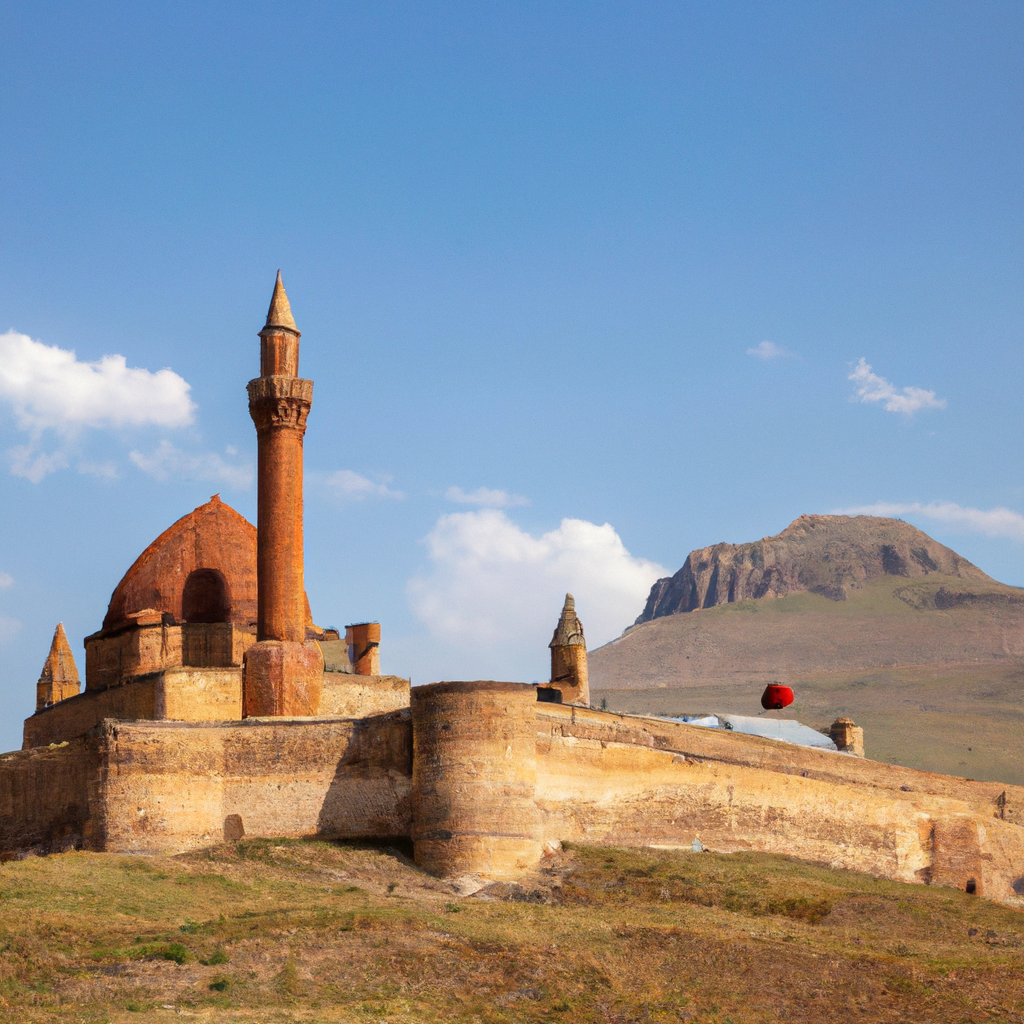

 - Istanbul In Turkey.png)
